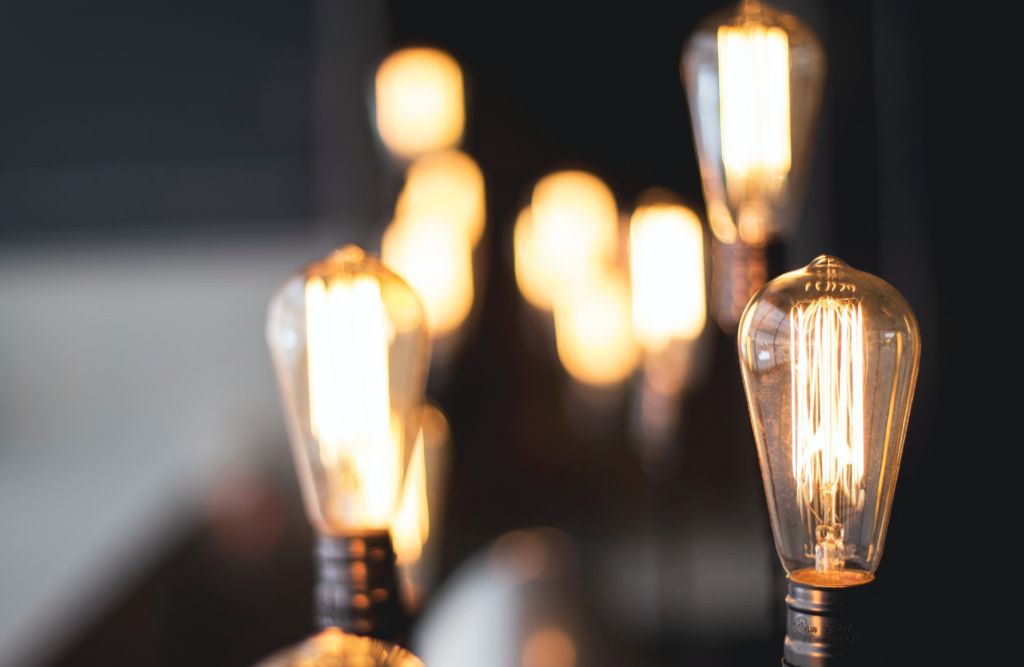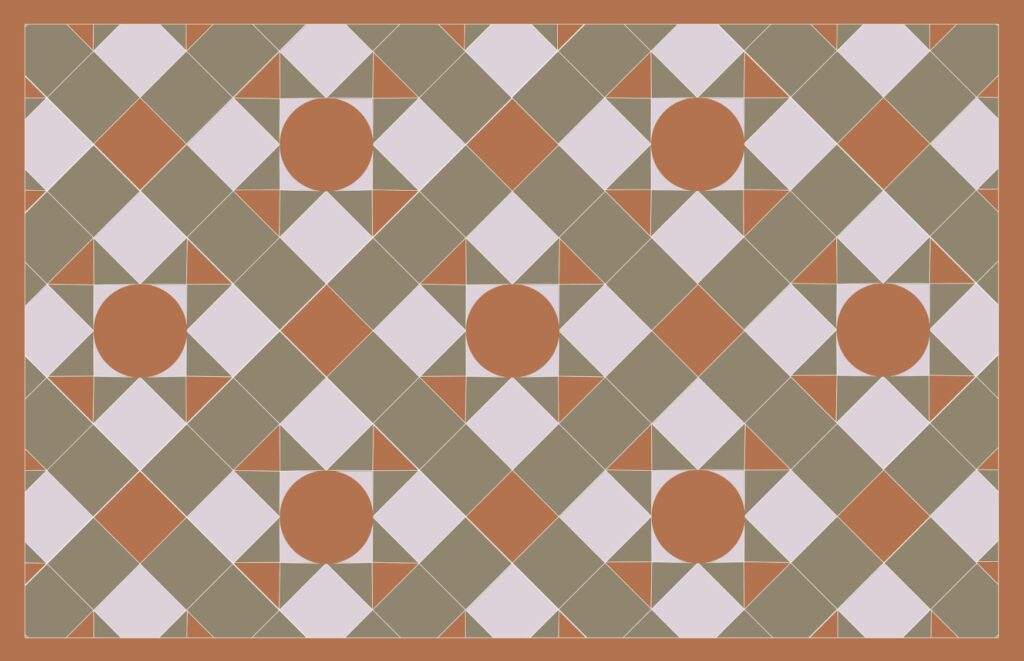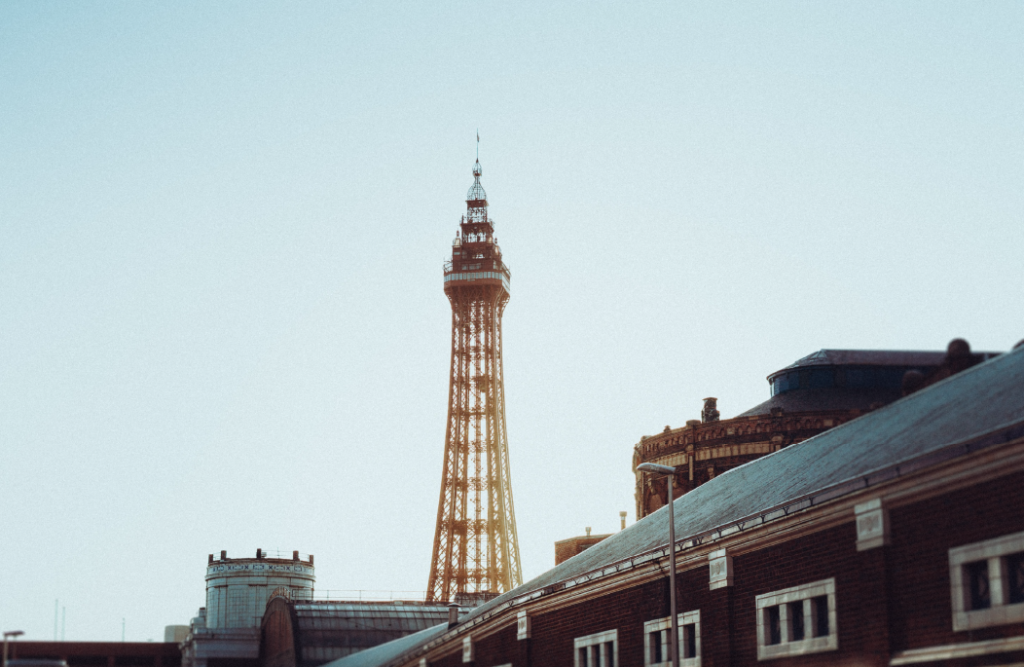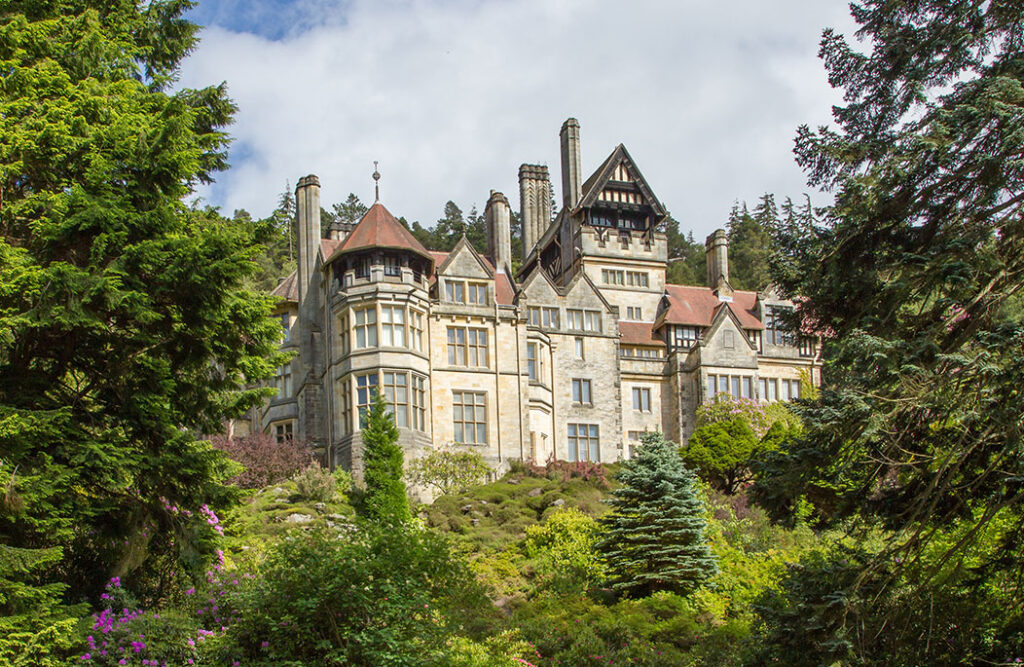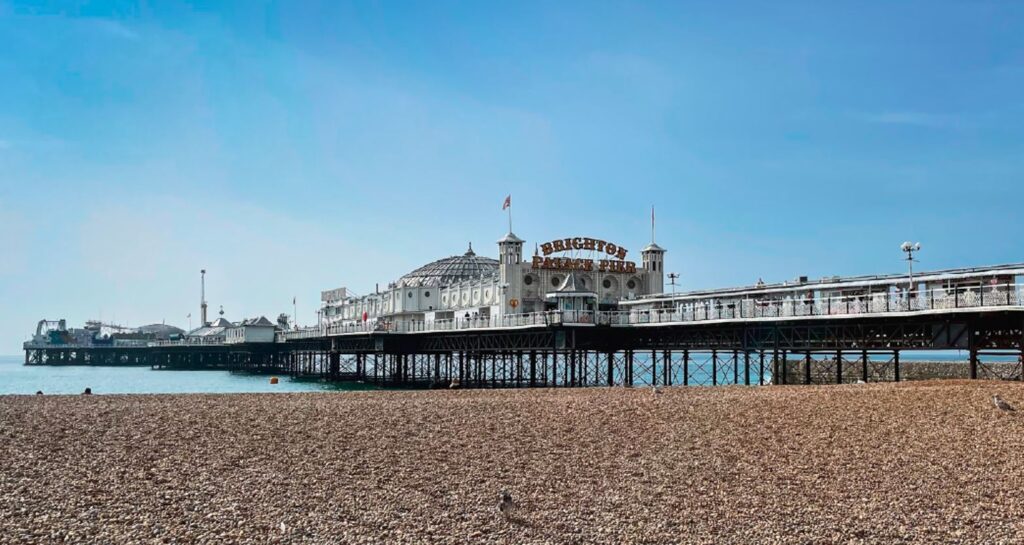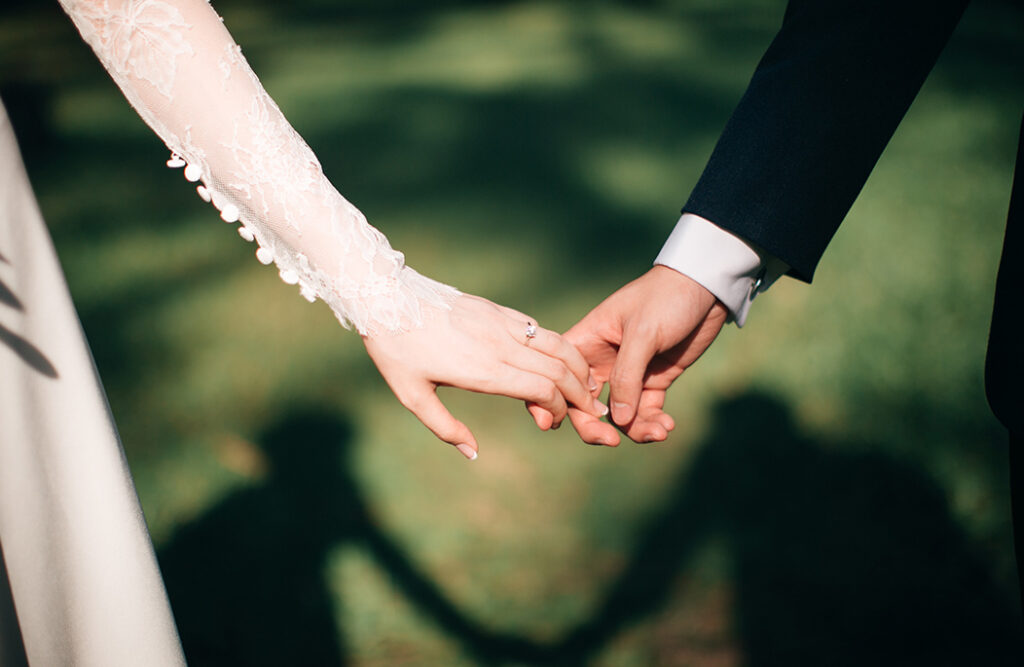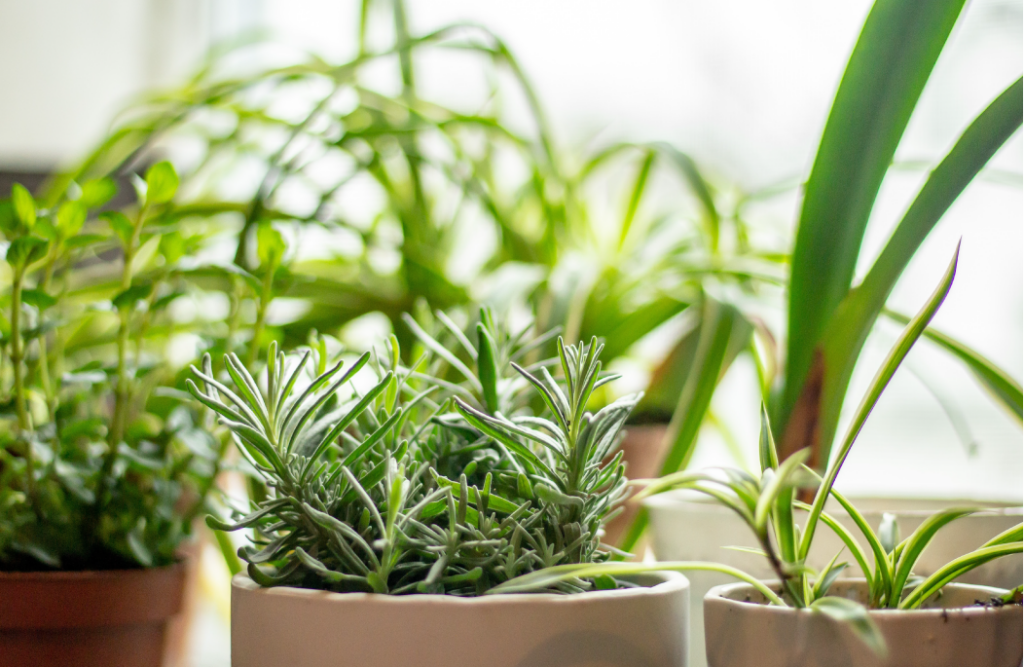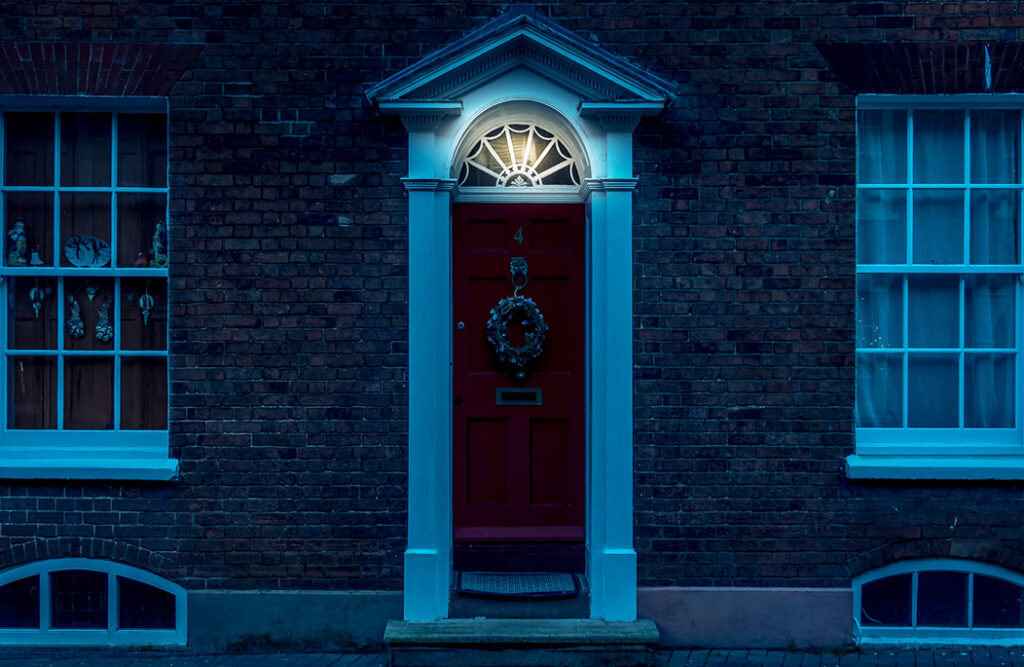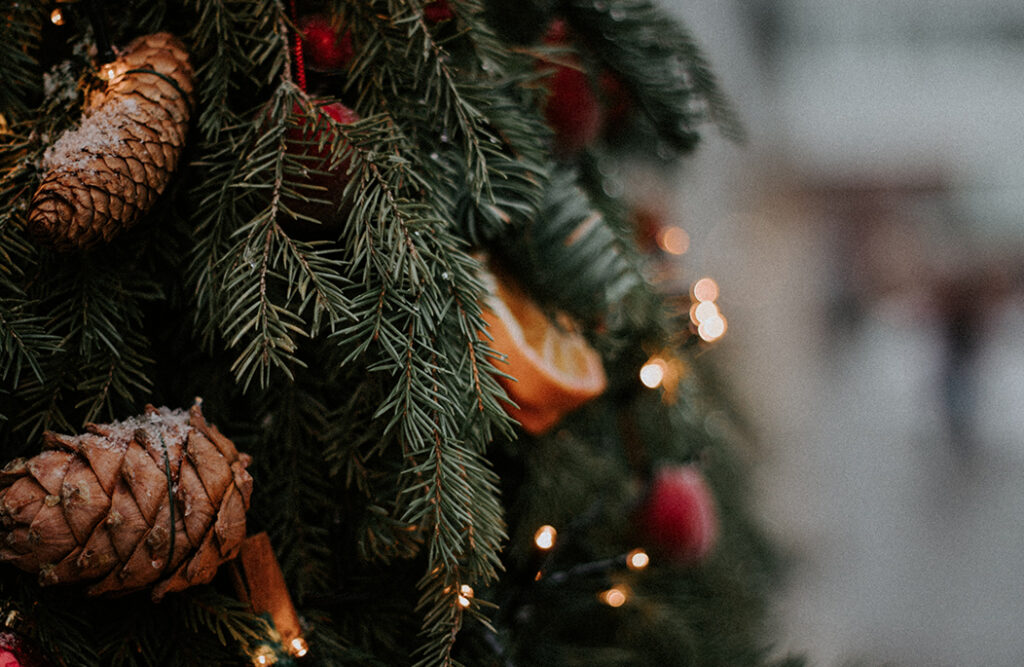The importance of thorough hand washing and personal hygiene is integral now, but cleanliness was important to Victorians too and there were a huge number of Victorian cleaning hacks that we now find very unusual.
The Victorians needed them, because back in Queen Victoria’s day there wasn’t the variety of soaps, lotions, shampoos, gels and detergents that we have at our disposal today. Victorian housekeepers had to rely on things like stale urine, eggshells and vinegar for their daily cleaning routines.
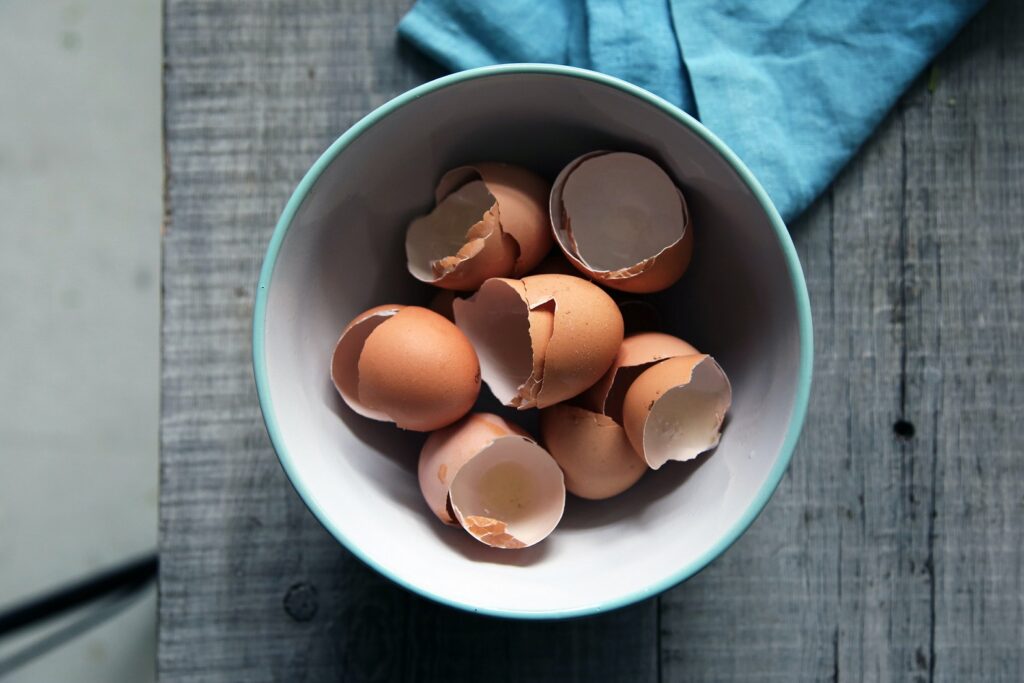
1. The strange smelling carbolic soap was a staple used for everything
Carbolic soap was a staple item in many posh and poor Victorian homes (as well as in Victorian schools, hospitals and places of work) right up until the mid-20th century. In some parts of the world, it’s still in use today.
The soap has a distinctive (some say unpleasant) smell as it contains the disinfectant phenol or carbolic acid. Victorians could acquire it at the hardware store and bought it in chunks wrapped in newspaper that were cut off a large green or orange block.
Carbolic was used for everything from personal hygiene to household cleaning. It was used for the weekly bath in an iron tub in front of the fire, for hair washing and, along with a damp cloth, just to wash face and hands in a basin in the bedroom on a daily basis.
It was also used for household chores, such as laundering clothes and cleaning out chamber pots in the morning.
A whole variety of other substances would have been used in Victorian cleaning hacks to keep the rest of the house shipshape and Bristol fashion.
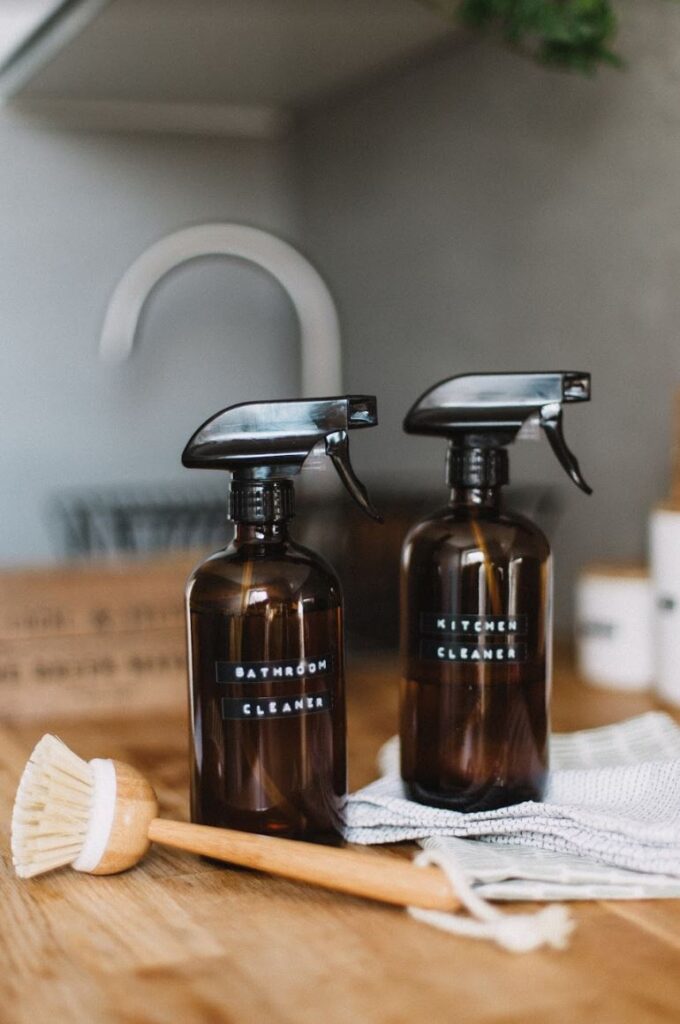
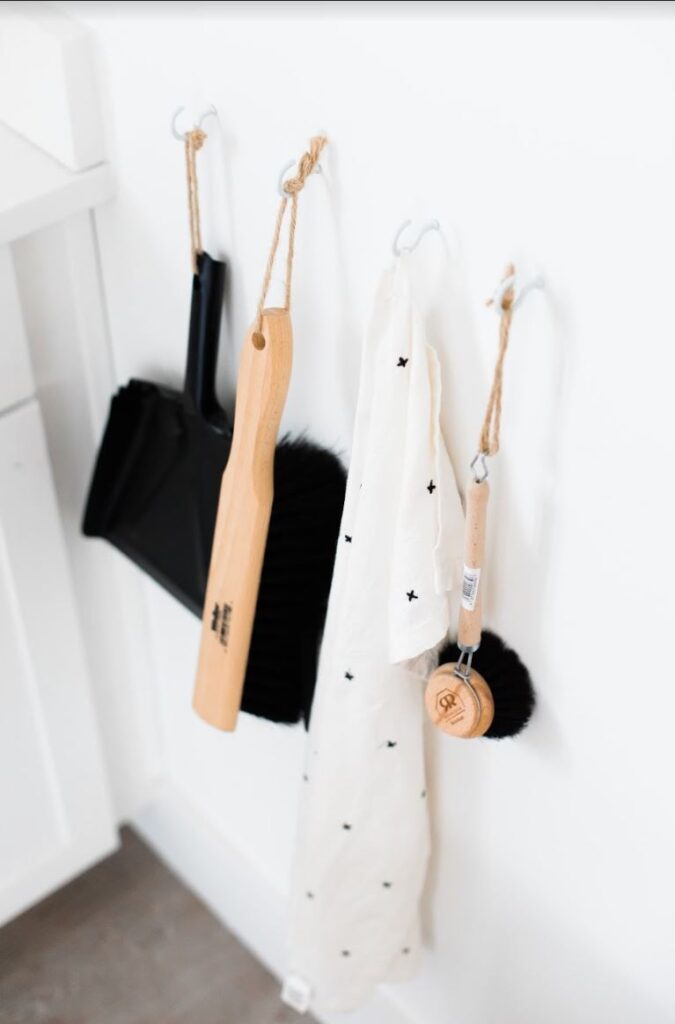
2. Baking soda, eggshell and lemon for dishes
Baking soda was used with water for cleaning dishes, and eggshells or silver sand were crushed and mixed with lemon or vinegar then used as a scourer to clean pots and saucepans.
3. Salt and vinegar for brass and copper
Vinegar and salt weren’t just used for a snack during a Victorian seaside holiday, they were also used to clean brass and copper. Alternatively, some people used leather to polish brass.
4. Baking soda and carbolic soap for ovens
Baking soda was used to remove grease. They were first sprayed with water and then coated with a layer of soda before being covered with more water. Overnight, the soda would absorb the grease which was then scrubbed off with carbolic soap.
5. Abrasives for utensils and kitchen tools
Strong abrasives such as bath brick and emery powder (used today on nail files) was used for cleaning knives, spatulas, serving spoons and the like.
5. White videngar or tea for windows
White vinegar was used to clean windows, which were then buffed to a sparkle with rolled-up newspaper. As well as white vinegar and newspapers, cold, weak tea which had been left for several days also made a good window cleaner in the Victorian times.
6. Damp tea leaves for floors
Many floors in poorer Victorian homes were oilcloth which could be swept with a brush. Before sweeping, it was common practice to sprinkle damp tea leaves on the floor to “lay the dust.”
Skimmed milk could be applied to flagstones to clean them while wooden floors could be buffed up with a mixture of beeswax and turpentine.
7. Stale urine and teas leaves for rugs and carpets
Stale urine was used as a degreaser for heavy materials such as wool and carpets. Tea leaves were squeezed until almost dry and then sprinkled on rugs before they were beaten with a carpet brush. In good weather, rugs were hung out on washing lines and beaten, and in winter they would be dragged across the snow to remove the top layer of dirt.
8. Beaten eggs for bed bugs
An easy recipe for bed bug poison involved beating four egg whites with an ounce of quicksilver and applying to the mattress with a brush.
9. Cucumber for ants
The Victorians left strips of cucumber around the area where the ants were seen and then removed and disposed of the ant-covered cucumber.
10. Pepper, sugar and cream for flies
A plate of pepper, sugar and cream was left in the worst-affected room (usually the kitchen) to attract flies.
11. Dusting with bread balls
As the Victorian era progressed and standards of living improved, more people were able to afford ornaments, decorative furniture, books, and soft furnishings. All of these would be dusted with a soft cloth or, for the more affluent, an ostrich feather duster.
Ostrich feather dusters were very expensive, but as the feathers had little barbs they picked up dust very effectively. If a feather duster couldn’t be afforded, then white bread might be used to collect dust in hard to reach places.
The bread would be formed into a ball and then pressed into ornate picture frames, skirting boards, along the covers of books and anywhere else that was inaccessible by hand. The bread would pick up the dust and the dusty crumbs could be swept away.
12. Beeswax, vinegar and linseed oil for furniture
Most Victorian furniture was made from wood and had a deep polish as part of the spring clean — it was known as warming the wood. Most woods were polished with a mixture of beeswax, vinegar and linseed oil applied with a rag and then buffed with a clean cloth.
Door furniture, brass doorknobs and letter boxes, metal ornaments decorative furnishings, and any metal dinnerware would also be given a good polish.
Get more information like this in our e-book
To find out more about the Victorian lifestyle, download the Adrian Flux Victorian Homes ebook for free. It’s full of tips on how to create a Victorian style house — even if you live in a new-build home — and advice on where to source original Victorian and reproduction fixtures, fittings, furniture, accessories and art.
Looking to insure your Victorian Home?
Adrian Flux is a specialist insurance compnay offering bespoke cover for all period and Victorian homes. Call 0800 369 8590 got a fast and hassle-free quote.
Our home insurance customers saved an average of 31% in 2021 when taking out a policy with us. See how much you could save by giving us a call.
download the full victorian homes ebook
Download Victorian Homes, a free ebook created by Adrian Flux insurance services. It is full of Victorian house facts, tips on how to create a Victorian style house — even if you live in a new-build home — and advice on where to source original Victorian and reproduction fixtures, fittings, furniture, accessories and art.
